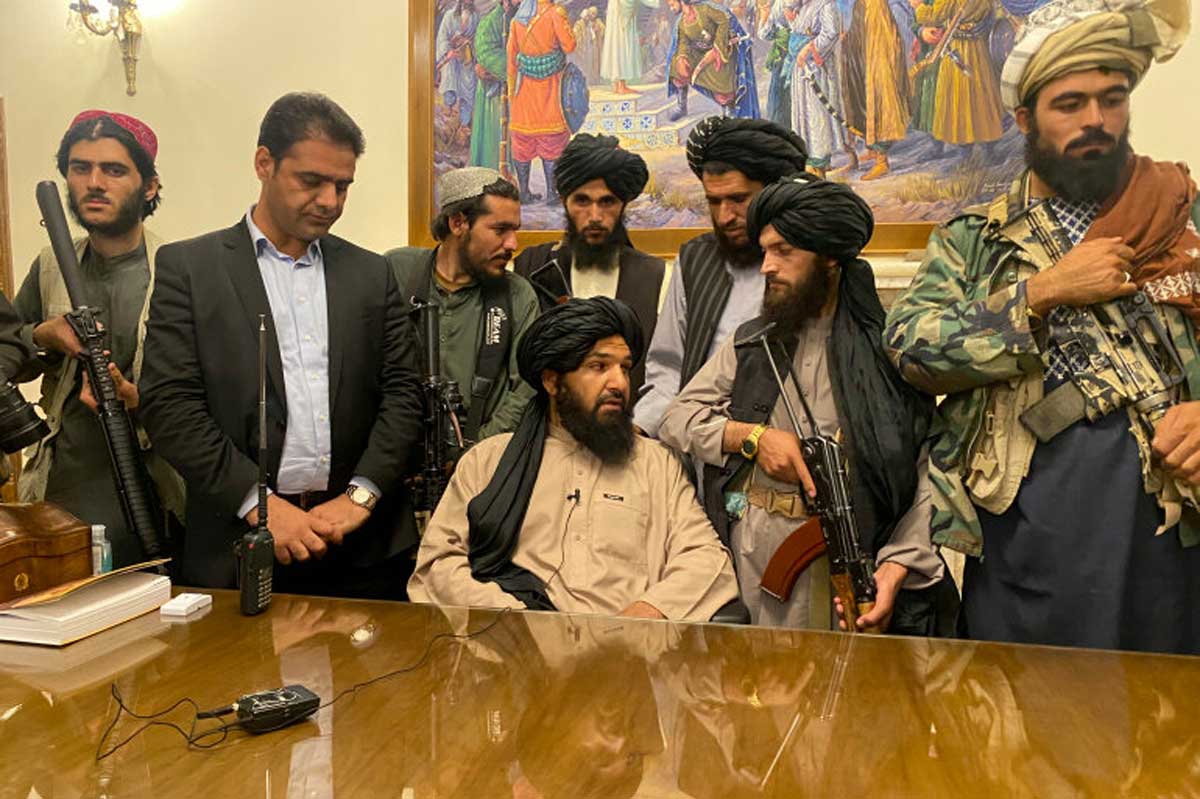
image source: Tehran Times
by Zafar Yousafzai 28 May 2023
Afghanistan is currently facing an unprecedented crisis due to the Taliban’s takeover of the country in August 2021. Despite initially claiming to have widespread support from the Afghan population, reports from within the country now suggest that the Taliban’s grip on power is increasingly fragile. The Taliban’s regime has been marked by egregious human rights violations, economic hardship, lack of inclusivity, international isolation, and brutal tactics during the war, all of which have contributed to their diminishing popularity. The people of Afghanistan continue to suffer under the oppressive rule of the Taliban, and urgent action is needed to address the humanitarian crisis and restore stability to the region.
One of the most pressing issues facing Afghanistan under the Taliban is the economic crisis that has emerged in the wake of their takeover. The country is facing inflation, food shortages, and job losses, all of which are having a significant impact on the lives of ordinary Afghans. The prices for basic goods such as flour and sugar have skyrocketed and many families are struggling to afford even one meal a day. In 2022, many reports emerged that people are selling their kidneys to feed their families. The Taliban has struggled to revive the economy, and their policies have not been effective in addressing the economic crisis. According to the New York Times, “the Taliban’s financial plan relies heavily on the illicit drug trade, a strategy that may provide some short-term gains but will ultimately lead to greater instability and economic hardship for ordinary Afghans.”
Moreover, the Taliban’s history of human rights violations, particularly their treatment of women and girls, has also contributed to their loss of popular support in Afghanistan. The Taliban has a reputation for imposing strict restrictions on women’s rights, including banning girls from attending school and requiring women to wear burqas in public. Various media outlets report suggest that women and girls have been virtually invisible in public since the Taliban took over. The Taliban has also used violence against civilians, including women and children who raised voice for their rights. We see constant demonstrations against ban on girls’ education in Kabul and Taliban use to suppress them by using force. No one is allowed to held a protest against the Taliban repressive policies.
Similarly, the Taliban’s government has been criticized for its lack of inclusivity and representation of Afghanistan’s diverse ethnic, political and religious groups. The Taliban is dominated by Pashtuns, and there are concerns that other groups may be marginalized or excluded from political participation. No previous polit al leaders who are in politics for decades is a part of the new set up. Taliban have imposed a narrow interpretation of Islam that does not reflect the country’s diversity and tolerance as well as equal opportunities to men and women. The Taliban’s cabinet is made up entirely of men, and there are no non-Pashtuns or Shia Muslims in key positions.
Besides, the Taliban’s return to power has resulted in international isolation, with several countries imposing sanctions and restrictions on the Taliban regime. This has limited the Taliban’s ability to access international aid and resources, which has further exacerbated the economic crisis in Afghanistan. The Washington Post reports that “the Taliban’s international isolation is exacerbating an already dire humanitarian crisis in Afghanistan,” and that “the country desperately needs international aid to address its economic woes and provide basic services to its people.” Unless the Taliban bring a change to their repressive policies, they will remain isolated in the international community.
The Taliban’s tactics during the war against US-led NATO and ISAF forces, including their use of suicide bombings and targeting of civilians, have also contributed to their loss of popular support among Afghans who have been affected by the violence. The New York Times reported in September 2021 that “the Taliban’s brutal tactics during the war have left a legacy of fear and trauma among the Afghan people.” Many Afghans are deeply distrustful of the Taliban because of the group’s violent tactics during the war and the atrocities they committed against civilians. The Taliban’s reputation as a violent and extremist group has made it difficult for them to gain the trust and support of the Afghan population.
The Taliban faces a significant challenge in regaining the trust and support of the Afghan people. They will need to address the economic crisis, provide basic services to the population, and create an inclusive government that represents Afghanistan’s diverse ethnic, political and religious groups. They will also need to address human rights concerns especially women rights and restore the rule of law. Also, they will need to make significant concessions if they hope to regain the trust of the Afghan people and the international community. They need to create a more stable and predictable environment for the Afghan people if they hope to build a functioning state. The Taliban has taken some steps to address these concerns, including pledging to respect women’s rights and promising to form an inclusive government. However, the effectiveness of these measures remains to be seen.
The Taliban’s loss of popular support in Afghanistan is a significant challenge for the group as they seek to govern the country. Economic hardship, human rights violations, women rights, lack of inclusivity, international isolation, and the Taliban’s tactics during the war have all contributed to their declining popularity. The Taliban will need to address these issues if they hope to regain the trust and support of the Afghan people and build a functioning state. The Taliban’s future depends on their ability to govern effectively and address the concerns of the Afghan people. If they fail to do so, they risk losing the support of the population and facing significant challenges in the years to come. It remains to be seen whether the Taliban can rise to this challenge and create a stable and prosperous Afghanistan for all its citizens.
